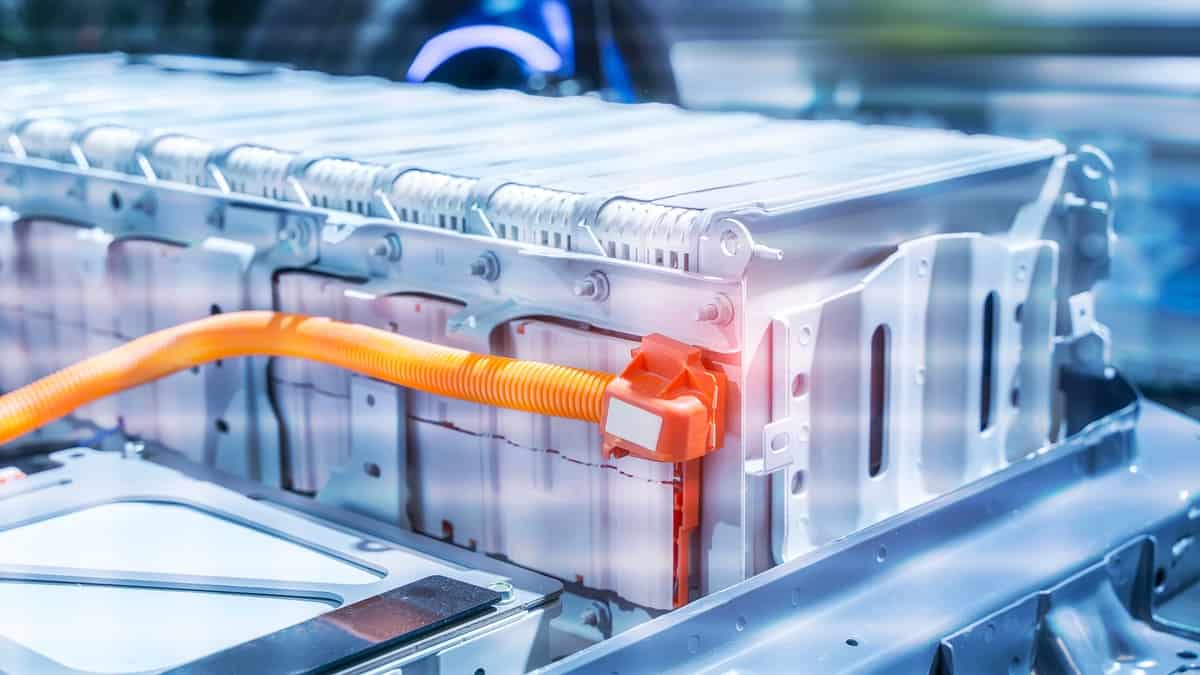Texas Instruments (TI) launched its newest battery cell and pack management tools at the Consumer Electronics Show (CES) 2023 in Las Vegas. CleanTechnica reported TI’s claims that its newly developed Battery Management System (BMS) offerings could increase the EV range by up to 20%.
TI’s new BMS
TI announced in a press release that the most precise measurement capabilities are found in its BQ79718-Q1 battery cell monitor and the BQ79731-Q1 battery pack.
Remarkably, TI offers the most cutting-edge, extensive range of BMS devices, concentrating on addressing complicated system design challenges. It allows automakers to hasten EV deployment and produce a safer, more dependable driving experience.
These tools boast an “unprecedented” accuracy and precision level in monitoring the following significant factors: battery voltage, current, and temperature. Remarkably, these capabilities boost the battery pack’s overall life and safety while determining a vehicle’s actual range.
“Automakers aim to get the most range possible out of their EVs, and accurate state of charge estimations are vital to achieve this. Our new devices bring substantially higher precision to voltage and current measurement, giving automakers confidence to accurately measure an EV’s true range.”
Sam Wong, general manager for BMS at TI
Key battery management system functions
Sophisticated BMS aids in addressing significant obstacles to EV’s wide adoption as demand rises. However, electric automakers must offer a competitive EV range while ensuring affordability.
TI claims that increasing the driving range depends on every single watt-hour put in and drawn out of the cells.
That said, EV makers may increase the actual range of their EVs owing to the BQ79718-Q1’s high-performance battery cell voltage measurements. What’s fascinating about this tool is that it offers an accuracy level of 1 mV.
Meanwhile, the BQ79731-Q1 enables accurate measurement of the battery pack current to within 0.05%.
When measuring charge and health state at the individual cell and pack level, such accuracy offers the most coherent method feasible. Consequently, drivers can have better knowledge of the actual range of their vehicles at all times.
Furthermore, accurate and immediate battery pack power monitoring is aided by best-in-class voltage and current synchronization. In fact, electrochemical impedance spectroscopy is accomplished by this extent of synchronization. That said, it offers pertinent data about the battery’s age, charge state, and cell core temperature.
Remarkably, the Automotive Safety Integrity Level (ASIL) accuracy of the BQ79718-Q1 battery cell monitoring integrated circuit is exceptional. This technology offers electric automaker control over battery pack charging and discharging, exceeding any cell monitor presently available on the market.
Refer to the illustration below:
The image above demonstrates a standard BMS equipped with the following: a battery management unit (BMU), a cell supervisor unit (CMU), and a battery junction box (BJB).
Notably, the microcontroller (MCU) in a BMU generally oversees every operation in a battery pack. Meanwhile, a switch box or a circuit box with a power contactor forms the conventional BJB. This component connects the full battery pack to the load inverter, motor, or battery charger.
The conventional BMS is seen in Figure 1a without any active electronics within the junction box. The BMU performs all of the measurements for the BJB. Meanwhile, the analog-to-digital converter (ADC) terminals and the BJB are connected by wires.
On the other hand, the sophisticated BJB is depicted in Figure 1b. Inside the box is a dedicated pack monitor. It uses precise twisted pair communication to interact with the MCU and monitors all voltages and currents. It also aids in the elimination of wires and wiring harnesses, enhances voltage and current readings, and reduces noise.
The BQ79731-Q1 battery pack monitor’s ability to measure various high voltages, currents, and temperatures inside a BJB is seen in the image above.
CleanTechnica explains:
| -Voltage: The high-voltage is measured using divided-down resistor strings. These voltage measurements monitor the state of high-voltage components in the system. -Temperature: The temperature measurements monitor the temperature of the shunt resistor so that the MCU can apply compensation, as well as the temperature of the contactors to make sure that they are not stressed beyond the normal operating conditions. -Current: The current measurements are based on either: >A shunt resistor — because the currents in an EV can go up to thousands of amperes, the shunt resistance values are extremely small — in the range of 25 µOhms to 50 µOhms; or >A hall effect sensor — Used to measure the EV current on the high voltage rail while still being isolated. Its dynamic range is typically limited, thus there can be multiple sensors in the system to measure the entire range. |
What is the primary role of the BMS?
BMS essentially measures cell voltages, pack voltages, and pack current.
The high-voltage architecture of the BMS necessitates insulation resistance measurement between the high-voltage and low-voltage domains. It enables the BMS to detect battery structure flaws and safeguard against adverse circumstances.
No supply chain issues
The battery cell monitor BQ79718-Q1 evaluation module costs $399, while the battery pack monitor BQ79731-Q1 evaluation module costs $199.
Notably, electric automakers’ growth is hindered by computer chip shortages. That said, TI quickly launched them in the market to assure the industry of their availability.
If there were no demand, TI would probably not invest in developing this BMS. Additionally, drivers should be able to optimize charging efficiency and range with exact knowledge of the condition of each battery cell and the battery pack overall.

